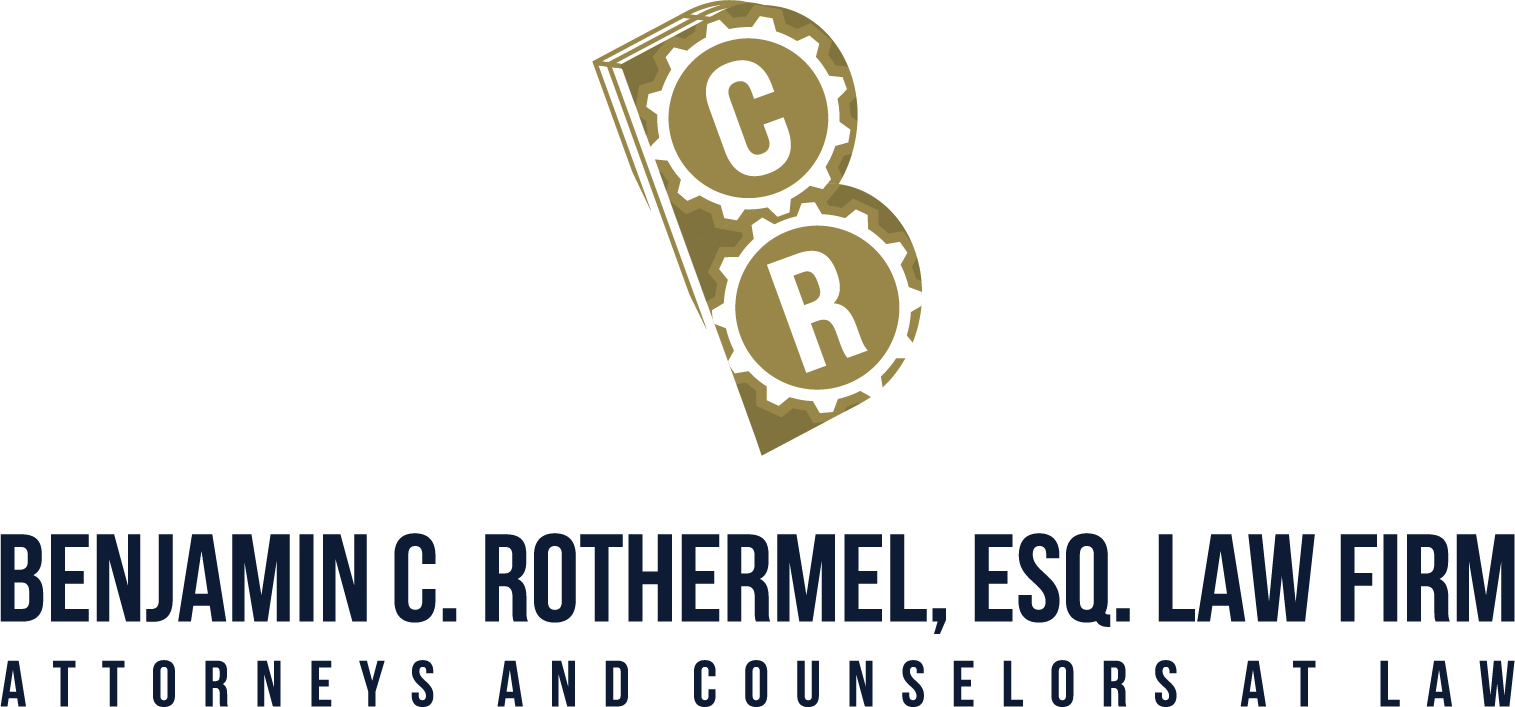"Andy Warhol Foundation v. Goldsmith" Will Set a Precedent for Copyright Law and Fair Use
Guest post by Brandi Seppala, Law Clerk
The Supreme Court is set to hear oral arguments in the first copyright fair use case regarding visual art to hit the Court in decades: copyright lawyers are paying attention. Whatever the decision, it will be a landmark case for copyright law.
The Facts and Arguments in Andy Warhol Foundation v. Goldsmith
Lynn Goldsmith, a photographer, sued the Andy Warhol Foundation alleging that Warhol’s use of her photograph of Prince is copyright infringement, and does not constitute “fair use.” The U.S. Copyright Office defines fair use as, “a legal doctrine that promotes freedom of expression by permitting the unlicensed use of copyright-protected works in certain circumstances.”
Warhol’s print was published by Vanity Fair in 2016 after Prince’s death.
Images from the Prince Series by Andy Warhol are compared to a photograph by Lynn Goldsmith.
A Federal district court in New York originally held that the Warhol print qualified as fair use and dismissed Goldsmith’s infringement claim. However, the Second Circuit rejected the lower court’s application of the fair use doctrine, reasoning that the works were “substantially similar as a matter of law.”
Goldsmith’s copyright lawyers are arguing that Warhol should have secured a license before creating his collection of prints based on her original photograph, while the Andy Warhol Foundation argues no such license was necessary because the Warhol prints qualify as fair use.
Section 107 of the Copyright Act sets the statutory framework for fair use and sets out four factors to help determine whether something qualifies as fair use:
- Purpose and character of the use, including whether the use is of a commercial nature or is for nonprofit educational purposes.
- Nature of the copyrighted work.
- Amount and substantiality of the portion used in relation to the copyrighted work as a whole.
- Effect of the use upon the potential market for or value of the copyrighted work.
However, this is not an exhaustive list and courts may look to other factors to determine fair use.
Legal Standards SCOTUS Could Use to Decide the Copyright Case
One potential legal standard is whether Warhol’s use of Lynn’s photograph is “sufficiently transformative” to constitute fair use, and thus not infringing Goldsmith’s copyright in the photograph. On the other hand, Warhol’s depiction could simply be a derivative work which requires a license to use.
The Second Circuit reasoned that the degree that a work is transformative depends on “whether the new work merely supersedes the objects of the original creation, or instead adds something new, with a further purpose or different character, altering the first with new expression, meaning, or message.” Andy Warhol Found. v. Goldsmith, 992 F.3d 99, 110 (2d Cir. March, 2021). A derivative work is a secondary category that simply presents the same material in a new form. The Second Circuit held that Warhol’s works were closer to derivative works than transformative works. The distinction between transformative and derivative works may be key in defining the boundaries of the fair use doctrine in this case.
Another legal standard that the Second Circuit used is the “substantially similar” analysis. The Second Circuit held that the works in this case were substantially similar, negating the fair use doctrine.
The Supreme Court has been reluctant to define the bounds of the fair use doctrine regarding visual art. However, in this case the Supreme Court has an opportunity to give a more definitive answer as to when the fair use doctrine applies to the use of visual art, and what the correct test is to decide fair use.
How Copyright Law Could Change for Content Creators, Artists, and Businesses
This case may also help answer the question of how copyright laws apply to photographs. This has been a hotly debated issue by copyright lawyers in the context of Instagram and other social media platforms. Whether or not photographs qualify for the same degree of copyright protection as other mediums of visual art will have important implications for artists, social media users, and the like.
This case will likely set an important precedent for copyright law for years to come. This is especially important to understand for content creators, artists, and other business owners who have an online and social media presence. Understanding the landscape of copyright law as it applies to you and your business can help prevent potential infringement and costly, time-consuming litigation.
If you have questions about how current copyright law applies to you and your business, please reach out to the BCR Firm today to schedule a free consultation and learn how we can help.
Business Hours
- Mon - Fri
- -
- Sat - Sun
- Closed


Share On: